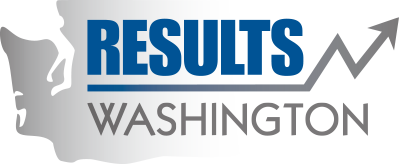Archived: Current state listed species recovering
Achieving recovery of listed species and preventing further extirpations is a primary function of WDFW. Maintaining species diversity is important because of the many values (esthetic, ecological, educational, historical, recreational, and scientific) that wildlife provides to the citizens of Washington. Recovered species indicate a healthy ecosystem and have less of a regulatory impact on private and public land uses.
Forty-six wildlife species in Washington were listed as endangered, threatened, or sensitive under state law in 2013. A 2016 assessment of population trends in these species by WDFW found that:
- 16 (34.8%) of these species are recovering
- 9 (19.6%) are considered stable
- 9 (19.6%) are continuing to decline
- 10 (21.7%) have undetermined trends
- 2 are extirpated from the state.
Under this measure, WDFW and its many conservation partners hope to increase the number of recovering species to 17 (35%) by 2020.
- Protecting and improving habitat for listed species through habitat restoration and land management.
- Implementation of recovery strategies developed for each species by WDFW and its partners.
- Researching and monitoring species populations to determine threats, needed recovery actions, and responses to management efforts.
Washingtonians can help in the recovery of listed species by volunteering to work on or donating to the many conservation programs conducted by WDFW and its conservation partners. They should also encourage their elected officials to devote more resources toward the recovery of listed species.
The purchase of personalized license plates and special wildlife background license plates (http://wdfw.wa.gov/license_plates/plp.html) provides funding for projects aimed at the recovery of listed species.
Volunteers can go to http://wdfw.wa.gov/about/volunteer/ and should examine the Ecological Integrity Monitoring program. WDFW is in the process of developing additional citizen science programs that will allow the public to assist in species and habitat status assessments. Species occurrence data can be reviewed at: http://wdfw.wa.gov/conservation/phs/ and reptile and amphibian data can be reported at: http://www1.dnr.wa.gov/nhp/refdesk/herp/.
